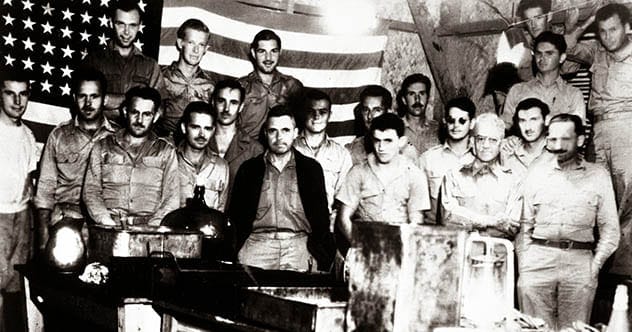A grim reality of war is the capture and imprisonment of soldiers. While international laws dictate humane treatment, these rules are often disregarded, necessitating rescue missions. Here are ten extraordinary POW rescues that seem too incredible to be true.
Raid at Ožbalt
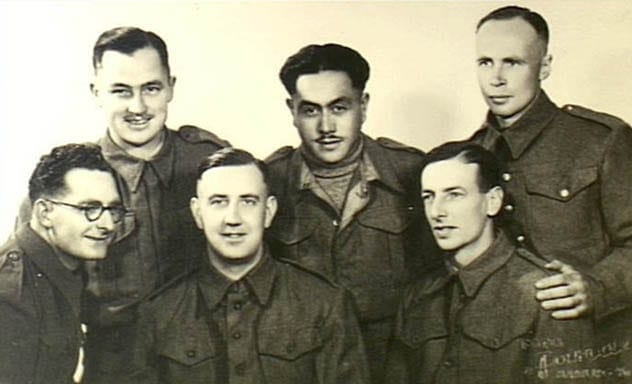
The Raid at Ožbalt, a lesser-known yet remarkably successful WWII POW rescue, revolves around Ralph Churches, an Australian soldier captured near Greece and imprisoned in Maribor, Slovenia, alongside hundreds of Allied soldiers. Over three years, Churches gained the trust of his German captors, becoming a Vertrauensmann, representing the POWs.
Secretly, Churches collaborated with Slovene Partisans, who had seized a nearby village. In August 1944, he and eight others escaped to Ožbalt. Overwhelmed by guilt for those left behind, Churches convinced the partisans to free nearly 100 more men. They embarked on a perilous 160-mile trek to Semic, where they were flown to freedom.
Ban Naden Raid
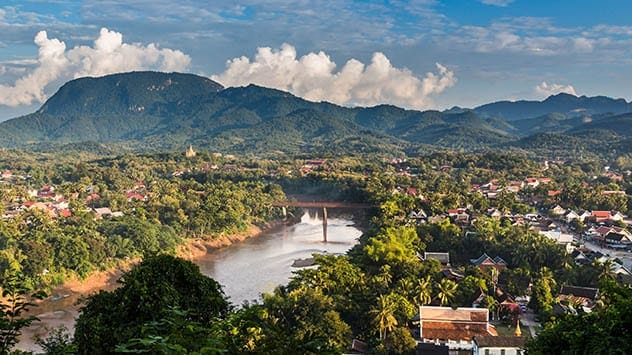
In December 1966, a Pathet Lao defector informed the CIA about a prison camp near Ban Naden, Laos, concealed within a limestone cave. The information aligned with existing intelligence, prompting a swift rescue operation. A quiet, land-based approach was chosen over a noisy helicopter assault.
A Lao sergeant assembled a team and reached the camp on January 9, 1967, seeking foreign prisoners. They freed prisoners from bamboo cages. Some were Air America workers. Communist forces attacked during the escape but were repelled by air support. The rescued POWs were eventually transported to Savannakhet.
Raid at Los Baños
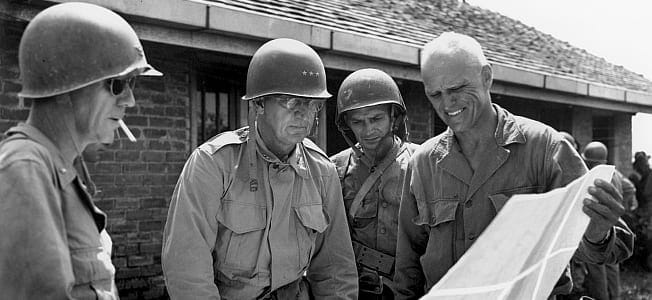
Los Baños, Philippines, was known for a Japanese internment camp housing over 2,000 civilians for three years. As the U.S. military returned in January 1945, General MacArthur ordered rescue plans for the camps, fearing the Japanese would kill the prisoners. The plan for Los Baños involved U.S. paratroopers and Filipino guerilla fighters.
The camp was quickly liberated, with minimal losses for the rescuers. Internees were transported to safety via amphibious vehicles or marched to the evacuation point. Sadly, after the Japanese discovered the empty prison, they retaliated by slaughtering over 1,000 civilians in the town.
Liberation of Weihsien Internment Camp
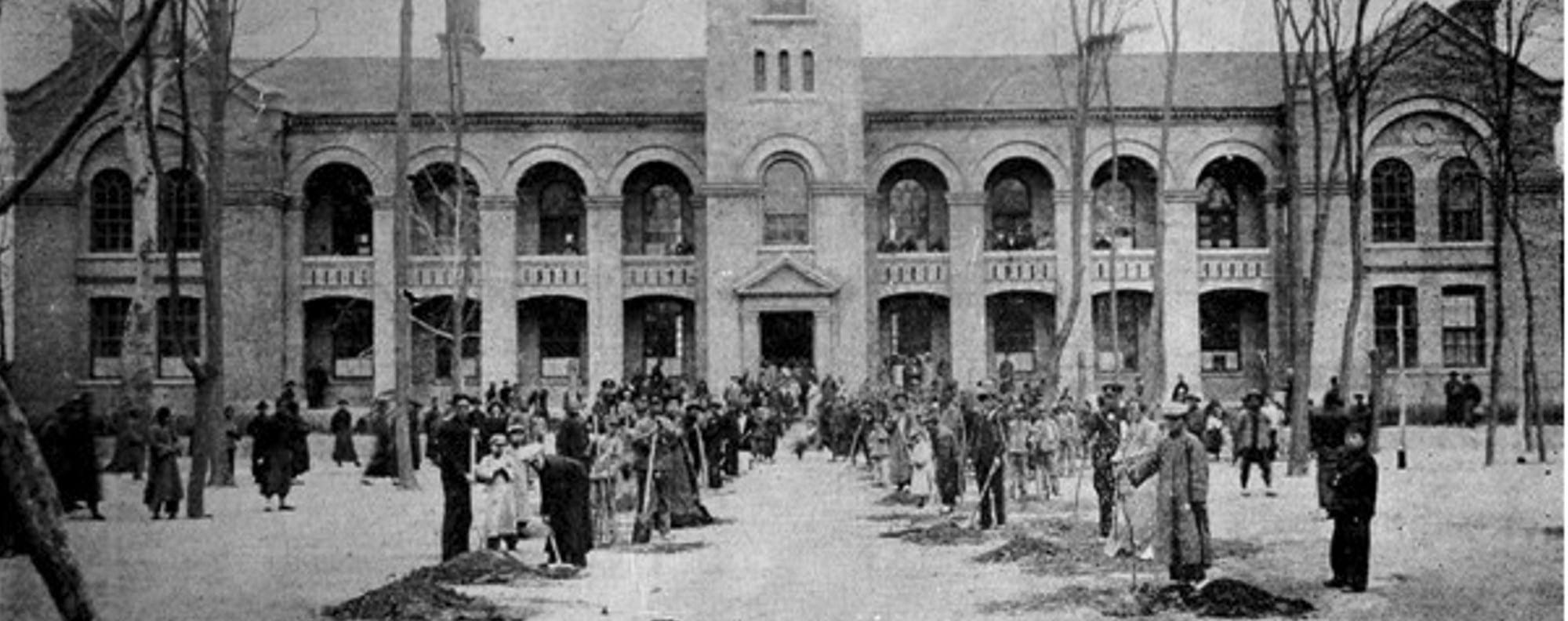
The Japanese invasion of China led to the establishment of the Weihsien Internment Camp, filled mainly with civilians. The camp, once a Christian mission, was called the “Oriental Auschwitz.” Poor conditions and food shortages led to the deaths of many internees.
By 1945, the war neared its end, and on August 17th, U.S. paratroopers liberated the camp, rescuing nearly 1,500 people of various nationalities.
Operation Thunderhead
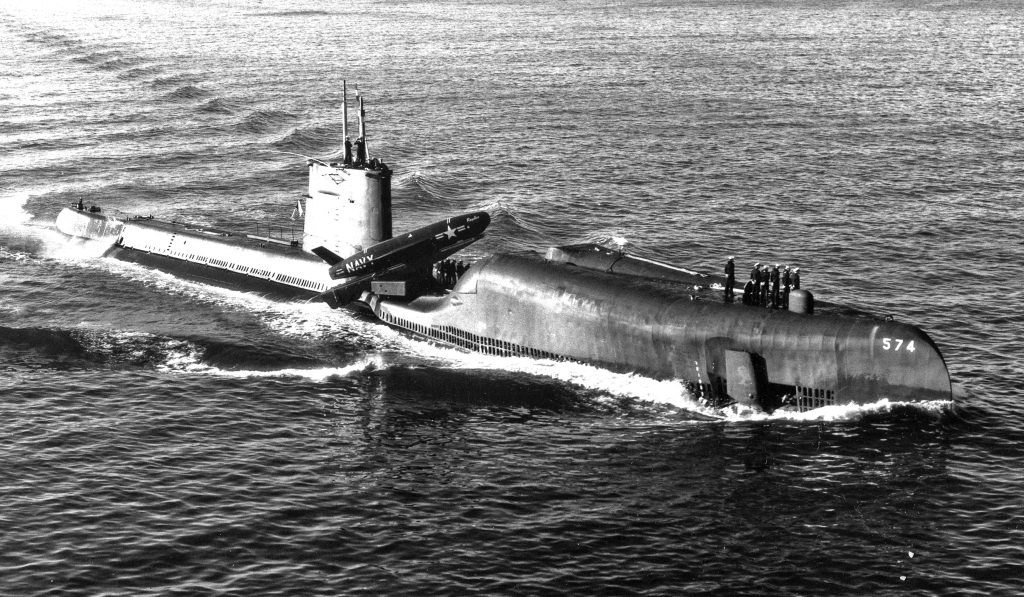
In April 1967, Air Force Colonel John Dramesi was captured in North Vietnam. Following failed escapes, he and other prisoners planned to meet U.S. Navy SEALs near the Red River.
In 1972, SEALs used an amphibious-transport submarine to set up a base of operations. Navigational problems forced them to surface and they were rescued by a helicopter. They attempted to return to their submarine days later but several soldiers were injured, and one died. Unbeknownst to the SEALs, the POWs had cancelled their escape due to increased reprisals.
Gran Sasso Raid
As Italy moved to oust Benito Mussolini, he was arrested and imprisoned in the Campo Imperatore Hotel. As a friend of Mussolini, Adolf Hitler ordered a rescue mission led by Waffen SS commander Otto Skorzeny.
Operation Eiche commenced on September 12, 1943, with ten gliders carrying pilots and soldiers. They landed near the hotel, and the Germans secured Mussolini without firing a shot. The escape involved pushing a small plane off the mountain, falling nearly 1,000 feet before safely flying away.
Operation Ivory Coast
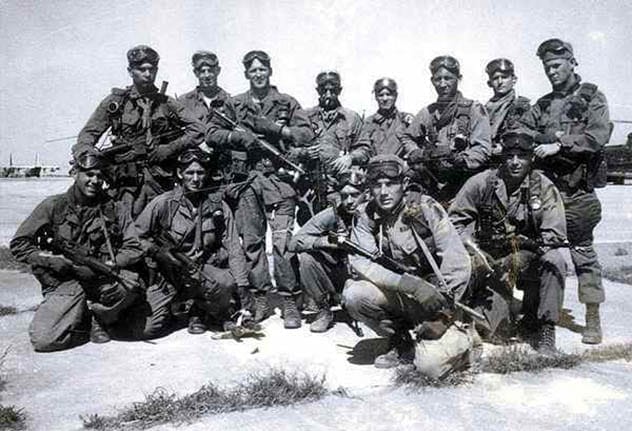
Son Tây, near Hanoi, housed a POW camp during the Vietnam War. In 1970, it was believed there were 61 American soldiers imprisoned there, spurring a rescue operation involving 56 Special Forces men and 92 airmen.
The plan involved a helicopter assault to take out guards, rescue POWs, and evacuate. Tactically, the mission succeeded with minimal American casualties. However, the camp was empty as the prisoners had been moved due to flooding earlier in the year. The POWs saw the helicopters overhead, which boosted morale and improved their conditions.
Operation Lazarus
After the Vietnam War, rumors persisted about unreturned POWs held for ransom. James “Bo” Gritz, a former Green Beret, raised funds for a mercenary raid into Laos to rescue these soldiers. High-profile figures like Clint Eastwood and William Shatner contributed.
On November 27, 1982, Gritz and his team crossed into Laos with Laotian guerillas. Poorly armed and outnumbered, they were quickly overrun. One member was captured and later ransomed.
Raid at Cabanatuan
The Raid at Cabanatuan, also known as The Great Raid, aimed to free over 500 POWs from a Japanese camp in the Philippines. On January 30, 1945, a group of 100 men, including Army Rangers, Alamo Scouts, and Filipino guerillas, traveled behind enemy lines to reach the camp. This was motivated by high command instructions on how and when to kill POWs in October of 1944.
The raid lasted 30 minutes, with minimal U.S./Filipino casualties and heavy Japanese losses. With local support and carabao carts, 513 POWs were rescued from Cabanatuan.
Captain Robert Trimble’s Mission
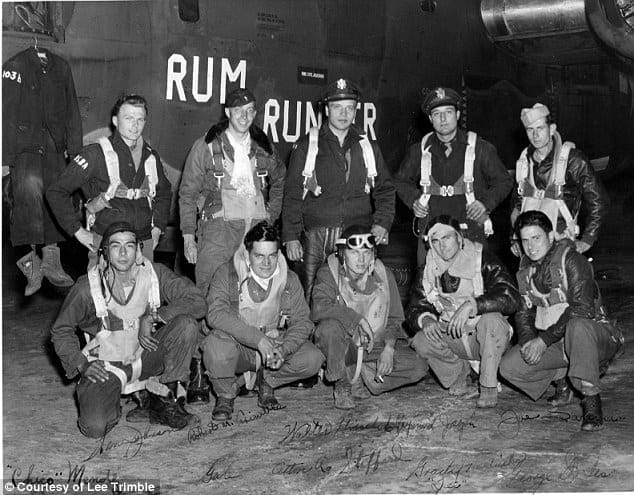
Captain Robert Trimble, a 25-year-old pilot, played a crucial role in a significant POW rescue. On February 15, 1945, in Soviet Ukraine, Trimble was tasked with flying out repaired aircraft. However, his mission changed: he was to work with spies to locate and rescue American POWs.
The Soviets disregarded captured soldiers. By the time the base closed on June 23rd, Trimble had helped hundreds, possibly thousands, of former POWs to safety. Though unrecognized by the U.S., he was honored by France for rescuing 400 French women from Poland.
These incredible POW rescues showcase the extraordinary courage, planning, and determination exhibited during times of conflict. They remind us of the human spirit’s resilience and the unwavering commitment to saving lives, even against overwhelming odds.
Share your thoughts on these incredible rescues in the comments below!


